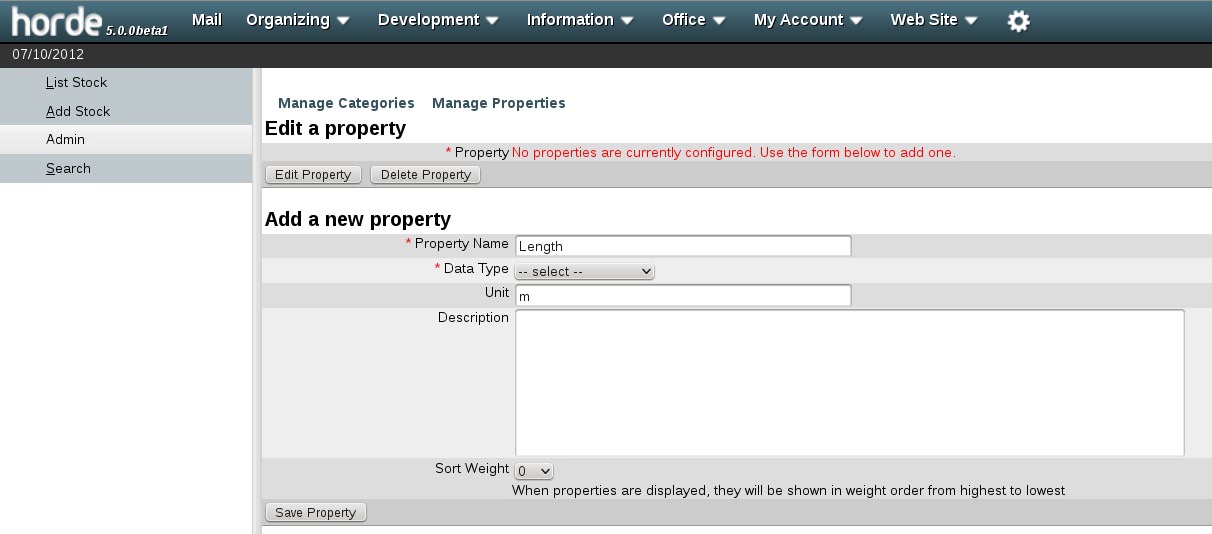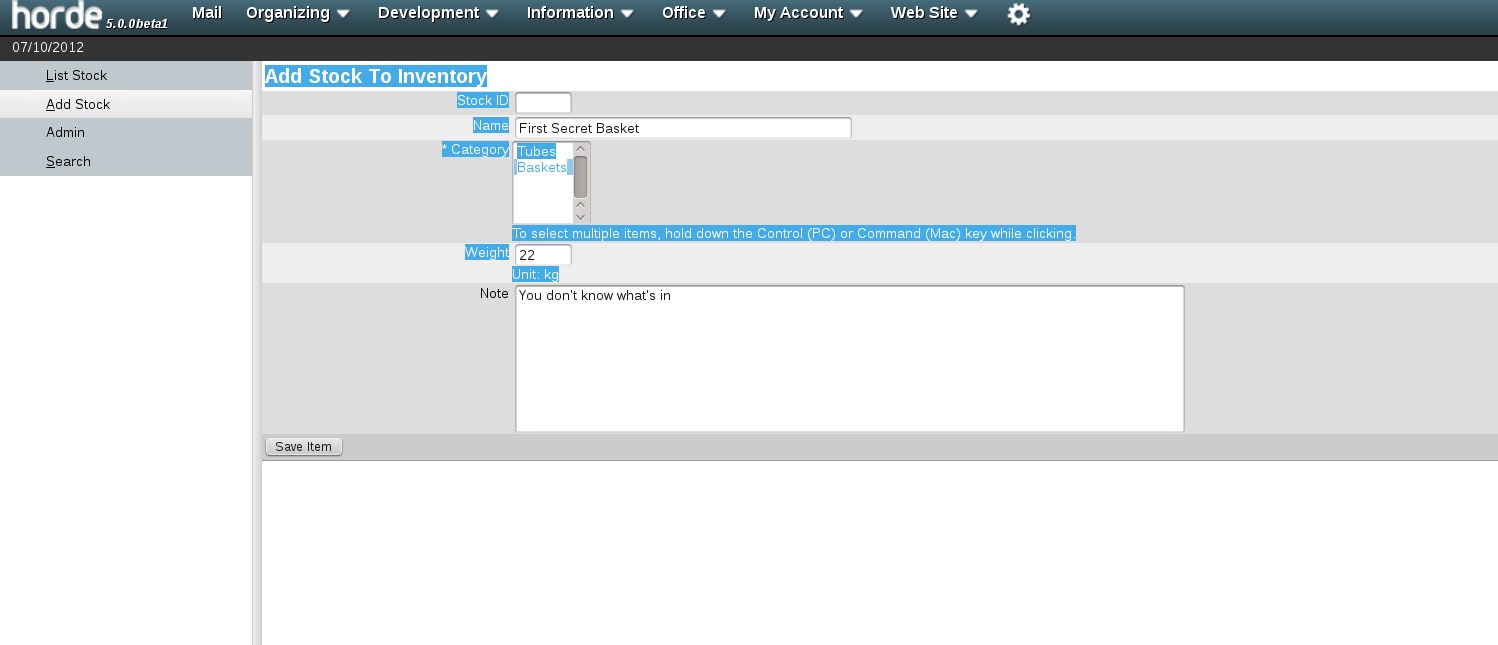This is beginner’s talk, but I have seen it too many times anyway.
A lot of tutorials on the web claim that you have to state “AllowOverride All” in an apache config and it magically activates mod_rewrite somehow.
This is all bullshit. Your mileage may vary, you may be lucky on debianish systems. It’s not very secure anyway.
Here’s what you do instead:best acquistare dianabol 25 mg online in italia
(suse)
yourserver:# /etc/apache2/conf.d # a2enmod rewrite
yourserver:# /etc/apache2/conf.d # vim /etc/apache2/vhosts.d/www.somesite.com.conf
<VirtualHost *>
DocumentRoot /srv/www/somesite.com/wordpress
ServerName www.somesite.com
ServerAdmin ralf.lang@somesite.com
<Directory /srv/www/somesite.com/wordpress>
Options +FollowSymlinks
RewriteEngine On
## put your rewriting-related .htaccess file content here, for example wordpress
RewriteBase /
RewriteCond %{REQUEST_FILENAME} !-f
RewriteCond %{REQUEST_FILENAME} !-d
RewriteRule . /index.php [L]
## end put stuff here
## ... more vhost stuff to follow
## finally
Order allow,deny
Allow from all
</Directory>
</VirtualHost>
yourserver:# rcapache2 reload
(debian)
yourserver:~# /etc/apache2/conf.d # a2enmod rewrite
yourserver:~# vim /etc/apache2/sites-available/www.somesite.com
<VirtualHost *:80>
ServerAdmin webmaster@localhost
ServerName www.somesite.com
DocumentRoot /var/www/somesite.com/www
<Directory />
Options FollowSymLinks
AllowOverride None
</Directory>
<Directory /var/www/somesite.com/>
<IfModule mod_rewrite.c>
RewriteEngine On
RewriteBase /
RewriteCond %{REQUEST_FILENAME} !-f
RewriteCond %{REQUEST_FILENAME} !-d
RewriteRule . /index.php [L]
</IfModule> Options Indexes +FollowSymLinks MultiViews
AllowOverride None
Order allow,deny
allow from all
</Directory>
## more debianish vhost stuff
## ...
## finally
</VirtualHost>
yourserver:/etc/apache2/conf.d # a2ensite www.somesite.com
yourserver:/etc/init.d/apache2 reload
Here’s the explanation why:
AllowOverride allows a special hidden file .htaccess in any directory of your vhost to override settings from your apache vhost configs, especially security-related stuff like URL rewriting and symlink behaviour. This is fine for your hacky development setup but you do not want this in production. First, it’s slow because every lookup has to check for a .htaccess file and parse it if present. Second, it’s a hassle to debug once something screws up. Something will screw up at some point. Usually you are better off configuring your vhost properly.
Why does it work on debian?
Debian systems often have mod_rewrite enabled (loaded) but not active (working) in the default config. Allowing .htaccess files to magically activate them will work in many cases and provide a confusing problem for the rest.
Why doesn’t it work on openSUSE 12 and SLES 11??
SLES is optimized for enterprise environments where security counts. If you don’t enable overriding, it’s usually turned off. If you don’t enable mod_rewrite globally or for the site, it won’t magically be loaded later on. This leads to more tedious work but also a more predictable environment for admins under fire.
Stop confusing people. Tell them how to do it right and make them understand why it works. It will spare you trouble.
Fondos de pantalla varón fisicoculturismo fitness entrenamiento músculos deporte descargar imagenes lo esencial winstrol ahorra en manualidades codigo promocional envio gratis: revisa los leggings deportivos top seller mujer push up leggings fitness patchwork y pantalones elásticos entrenamiento de culturismo pa.


